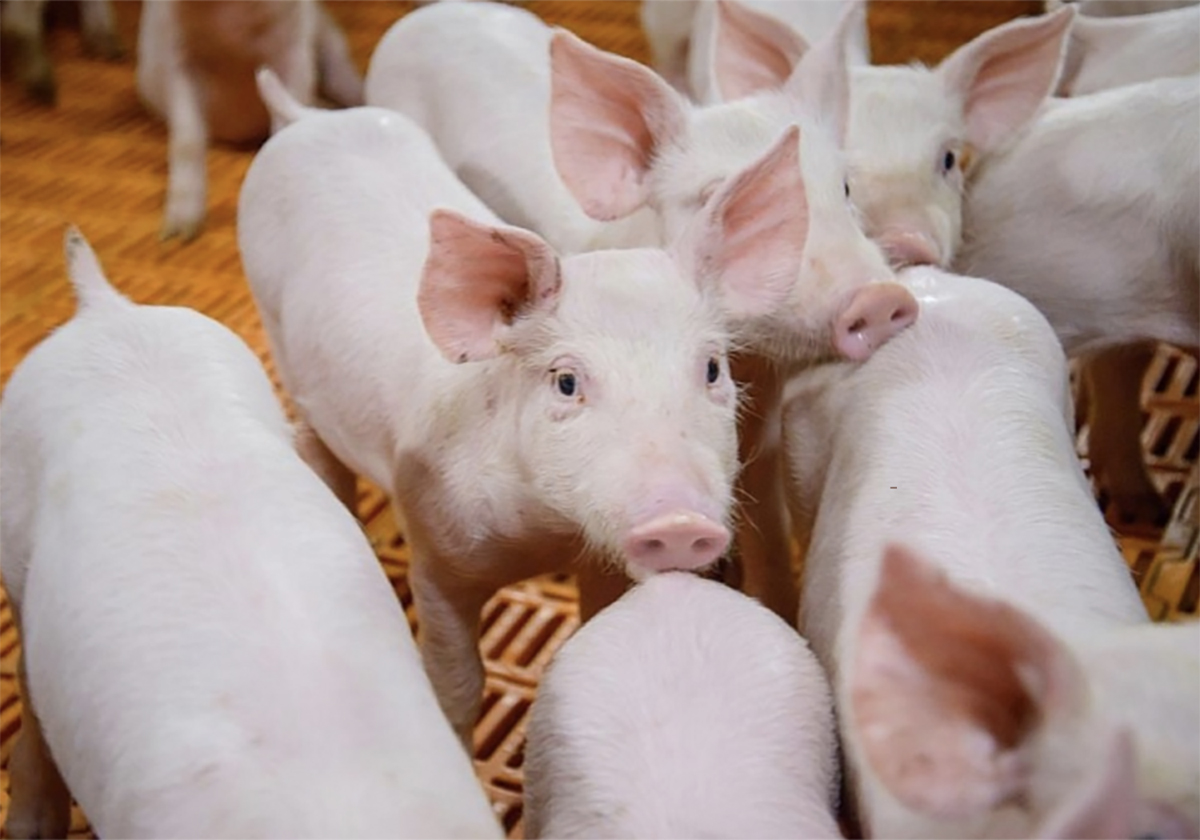Meloxicam, marketed under the trade name Metacam, was recently approved for use in calves following dehorning and for treatment of diarrhea.
It is classified as a non-steroidal anti-inflammatory drug, which places it in the same family as the human drugs ibuprophen and acetomenophine.
Meloxicam has several advantages over other pain and anti-inflammatory drugs on the market.
It has a prolonged half-life of 26 hours, making single dosing feasible.
Ketoprofen and flunixin meglumine are more rapidly metabolized, requiring more frequent doses to provide effective pain relief. Flunixin must also be given intravenously to avoid meat residues and excessive tissue damage.
Read Also

The Western Producer Livestock Report – August 28, 2025
Western Producer Livestock Report for August 28, 2025. See U.S. & Canadian hog prices, Canadian bison & lamb market data and sales insights.
Meloxicam is not associated with decreased meat quality when given as a subcutaneous injection.
A well-designed study published in theJournal of Animal Scienceevaluated the use of meloxicam as supportive treatment for calves with diarrhea.
Calves that developed diarrhea were treated with a single meloxicam or a placebo injection.
Calves treated with meloxicam tended to display less sick behaviours. Milk consumption rates were monitored for the two groups and found to be significantly higher in the meloxicam group.
The placebo-treated calves would not finish their daily milk ration while the meloxicam-treated calves would drink it all.
The impact on appetite and weight gain is likely related to the medication’s anti-inflammatory effects.
Molecules are released from certain types of white blood cells during an infection to cause sick behaviours, such as decreased appetite and drinking.
These molecules also decrease metabolism and ultimately growth. By stopping these molecules from being produced, meloxicam is thought to prevent the decrease in appetite, thirst and metabolism.
Researchers found no difference in the length of diarrhea, but calves treated with meloxicam were weaned onto calf-starter sooner, drank more water and gained more weight.
This study supports the use of meloxicam as a supportive treatment for diarrhea in calves.
Meloxicam also shows promise in the treatment of feedlot cattle with bovine respiratory disease.
Respiratory disease in feedlots continues to be the most common and economically significant illness in feedlot cattle.
A long-term study conducted in a Mexican feedlot evaluated meloxicam’s effectiveness in treating cattle with bovine respiratory disease.
Cattle diagnosed with respiratory disease were treated with either oxytetracycline and meloxicam or oxytetracycline and a placebo.
Following treatment, the meloxicam-treated cattle appeared to be more healthy clinically and had fewer fevers than the placebo-treated cattle. Cattle that received meloxicam had improved growth and were heavier at slaughter.
The drug’s anti-inflammatory effects reduce the severity of lung damage that has been correlated to decreased performance.
Researchers in Ontario evaluated the use of meloxicam for pain relief following dehorning in dairy calves.
There were several different treatments in this study: local freezing with lidocaine, lidocaine with meloxicam and controls with a placebo and mock dehorning to ensure the responses were not caused by handling.
Calves that had only freezing tended to show the pain response indicators of increased eye temperature and heart rate two hours following the dehorning. This corresponds with how long lidocaine freezing lasts. Calves given meloxicam and freezing before dehorning did not have this response.
The importance of pain management from an animal welfare perspective cannot be over-emphasized in this time of increased consumer scrutiny and public awareness.
However, the use of meloxicam in cattle for painful procedures such as dehorning, castration and branding also makes sense from an economic perspective.
















